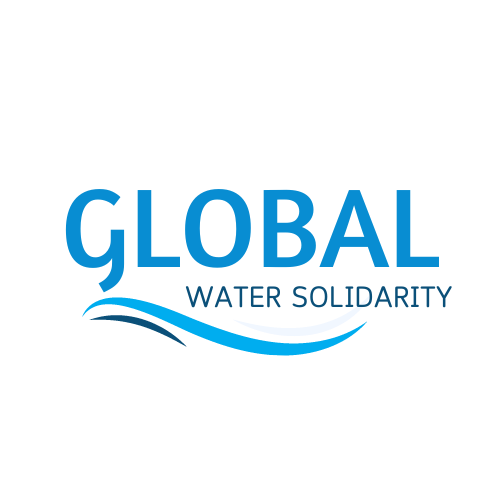In the world today, some of the most critical discussions revolve around two interconnected resources, water and energy. Water is vital for almost all forms of energy production, and vice versa: energy is essential for water supply and sanitation systems. This relationship, known as the water-energy nexus, presents a complex challenge. Yet, it also provides a platform for innovative solutions that foster both sustainability and development.
Understanding the Water-Energy Nexus
The water-energy nexus underscores the deep interlinkages between water and energy, showing that interventions in one area often have impacts on the other. For instance, energy is used in the extraction, treatment, and distribution of water, and in the collection, treatment, and disposal of wastewater. In turn, water is instrumental in the extraction, refining, and production of energy in various forms, whether it’s in hydropower stations or in cooling systems for nuclear and thermal power plants[^1^].
In a nutshell, the water-energy nexus captures a simple yet profound truth: power plants cannot run without water, and water cannot flow without energy.
The Challenges of the Water-Energy Nexus
The interdependence between water and energy presents considerable challenges, especially in light of global population growth, economic development, and climate change. High demand could lead to scarcity, and scarcity, in turn, causes competition for resources, which can lead to escalating costs and conflicts, threatening both energy and water security.
Climate change is exacerbating these challenges. Increased temperatures and changing precipitation patterns affect water availability and energy production. Droughts can limit hydropower generation and affect cooling processes in power plants, threatening energy supply. On the other hand, rising sea levels and severe storms can damage power infrastructure, leading to power outages that cripple water and wastewater systems[^2^].
Moreover, current consumption and production patterns often create negative feedback loops. For instance, desalination technologies, which have been touted as a solution to water scarcity, consume excessive amounts of energy, thereby increasing greenhouse gas emissions. Similarly, biofuel production requires vast amounts of water, and the resulting land-use changes can exacerbate water scarcity.
Balancing Sustainability and Development
Despite the daunting challenges, the interdependence of water and energy also presents the opportunity for integrated and sustainable solutions.
Efforts to decouple water and energy use from economic growth are already underway. For instance, energy efficiency measures can reduce the amount of water needed in energy production, and water-saving technologies can lower the energy needed in water and wastewater systems.
Renewable energy technologies, especially wind and solar photovoltaics, can reduce the water intensity of energy production. Additionally, the development and optimisation of energy recovery systems in wastewater treatment can turn wastewater facilities from energy consumers into energy producers.
At the policy level, integrated water and energy planning can promote synergies, foster resilience, and ensure that decisions in one domain do not have unintended consequences in the other. However, such integrated planning requires data, tools, and capacity, as well as collaboration across sectors and jurisdictions.
The Call to Action
The challenges and opportunities in the water-energy nexus underscore the need for a paradigm shift. Traditional silo thinking will not suffice. We need to manage water and energy as linked systems, with a focus on nexus thinking that goes beyond the water-energy dyad to consider other related sectors such as food and environment.
Moreover, fostering sustainability and development in the water-energy nexus is not just a technical or policy challenge; it is also a social challenge. Equity and inclusiveness should be central to all efforts, ensuring that the benefits and costs of decisions are shared fairly, and that the voices of all stakeholders, especially the vulnerable and marginalized, are heard.
Education and awareness are also key. Consumers need to appreciate that when they save water, they save energy, and when they save energy, they save water. The promotion of water and energy conservation thus becomes a joint endeavor.
In shaping a sustainable and inclusive future, the water-energy nexus serves as a reminder that everything in the world is interconnected. As we strive to balance the scales of sustainability and development, it is this interconnectedness that we must harness – for the good of people, the planet, and prosperity.
[^1^]: U.S. Department of Energy. (2014). The Water-Energy Nexus: Challenges and Opportunities. DOE/EE-1086. https://www.energy.gov/sites/prod/files/2014/07/f17/Water%20Energy%20Nexus%20Report%20July%202014.pdf
[^2^]: Van Vliet, M. T. H., Vőgele, S., & Rűbbelke, D. (2013). Water constraints on European power supply under climate change: impacts on electricity prices. Environmental Research Letters, 8(3), 035010. https://doi.org/10.1088/1748-9326/8/3/035010

